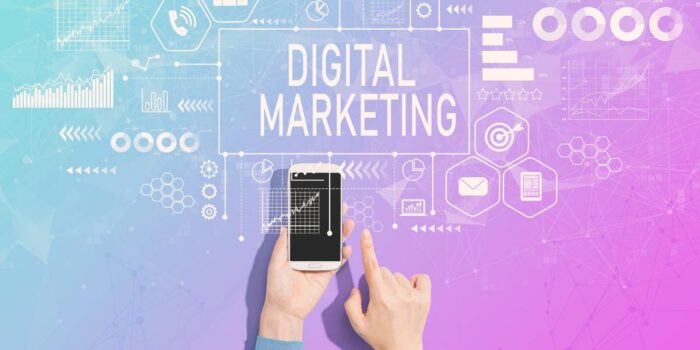Google Maps is more than just a navigation tool; it’s a powerful platform that enables businesses to connect with customers, improve visibility, and drive growth. As a cornerstone of modern digital marketing, Google Maps helps businesses establish their presence, attract local customers, and gain a competitive edge in an increasingly mobile-first world. This article explores in detail how Google Maps fosters business growth and why it is an indispensable tool for modern enterprises.
1. Boost Traffic and Visibility
In the digital era, visibility is vital for business success. With over 70% of mobile users relying on Google Maps for navigation, businesses that optimize their presence on this platform can significantly increase traffic. Here’s how:
- Claim and Optimize Your Google My Business Listing:
- Ensure your business appears in local searches by providing accurate details such as your operating hours, contact information, and high-quality images.
- Include targeted keywords like “best coffee shop near me” or “top-rated salon in [city]” to improve your search engine rankings and visibility.
- Leverage High-Impression Features:
- Utilize Promoted Pins to draw attention to your business and highlight special offers or events directly on Google Maps. These features ensure your business stands out to potential customers in the area.
- Engage Locally:
- Update your location to feature on Google’s Explore option, showcasing your business as a top choice for visitors and locals alike.
2. Increase Conversions
Google Maps is not only about attracting traffic but also about converting those visitors into paying customers. The platform offers various tools to enhance conversions:
- Encourage Positive Reviews:
- Reviews play a critical role in influencing customer decisions. Businesses with higher ratings and authentic reviews often attract more customers.
- Encourage your customers to leave positive feedback by sending follow-up emails or offering small incentives.
- Respond to reviews promptly, addressing both positive and negative feedback to build trust and engagement.
- Direct Customer Engagement:
- Google Maps allows users to call, book appointments, or request quotes directly from the platform. These features streamline communication, encouraging users to take immediate action.
- Data-Driven Decision Making:
- Analyze customer behavior with Google Maps’ integration with Google Analytics. Use insights to refine your marketing strategies and enhance customer experiences.
3. Enhance Customer Experience
A positive customer experience fosters loyalty and repeat business. Google Maps provides tools to ensure customers have a seamless experience:
- Showcase Real-Time Information:
- Keep your business details, such as operating hours, parking availability, and busy periods, updated. This information helps customers plan their visits more effectively.
- Enable Indoor Navigation:
- For businesses located in large complexes like malls or airports, Google Maps’ indoor navigation feature guides customers directly to your location, enhancing convenience.
- Offer Personalized Interactions:
- Use location data to send targeted offers or notifications to customers nearby, making them feel valued and increasing their likelihood of visiting.
4. Build Brand Awareness
Being visible and credible on Google Maps elevates your brand’s reputation and increases customer trust. Here’s how you can enhance brand awareness:
Secure Placement in the Local 3-Pack:
- The Local 3-Pack appears at the top of search results and showcases the top three local businesses. To secure your spot:
-
- Use targeted keywords.
- Generate and maintain consistent positive reviews.
- Regularly update your business profile with accurate information.
-
- Highlight Unique Features:
- Use Google Maps’ Explore section to showcase your business’s unique offerings. Tourists and new customers are more likely to choose businesses with well-documented and attractive profiles.
- Integrate Social Proof:
- Display photos, testimonials, and user-generated content. This approach builds trust and demonstrates your business’s reliability and commitment to customer satisfaction.
5. Gain Competitive Advantage
Google Maps gives businesses a significant edge in competitive markets by:
- Providing Actionable Insights:
- Use location-based data to understand consumer preferences and tailor your offerings accordingly.
- Encouraging Repeat Business:
- Features like saved locations and personalized recommendations encourage customers to return, fostering loyalty.
- Promoting Accessibility:
- Highlighting accessibility features like wheelchair access, child-friendly spaces, or pet-friendly policies can attract a broader audience.
Final Thoughts
Google Maps is an indispensable tool for businesses aiming to thrive in today’s digital landscape. By optimizing your presence and leveraging its powerful features, you can attract more customers, boost conversions, and enhance your brand’s reputation.
Invest in a comprehensive Google Maps strategy today to unlock new growth opportunities and secure long-term success in a competitive market.



